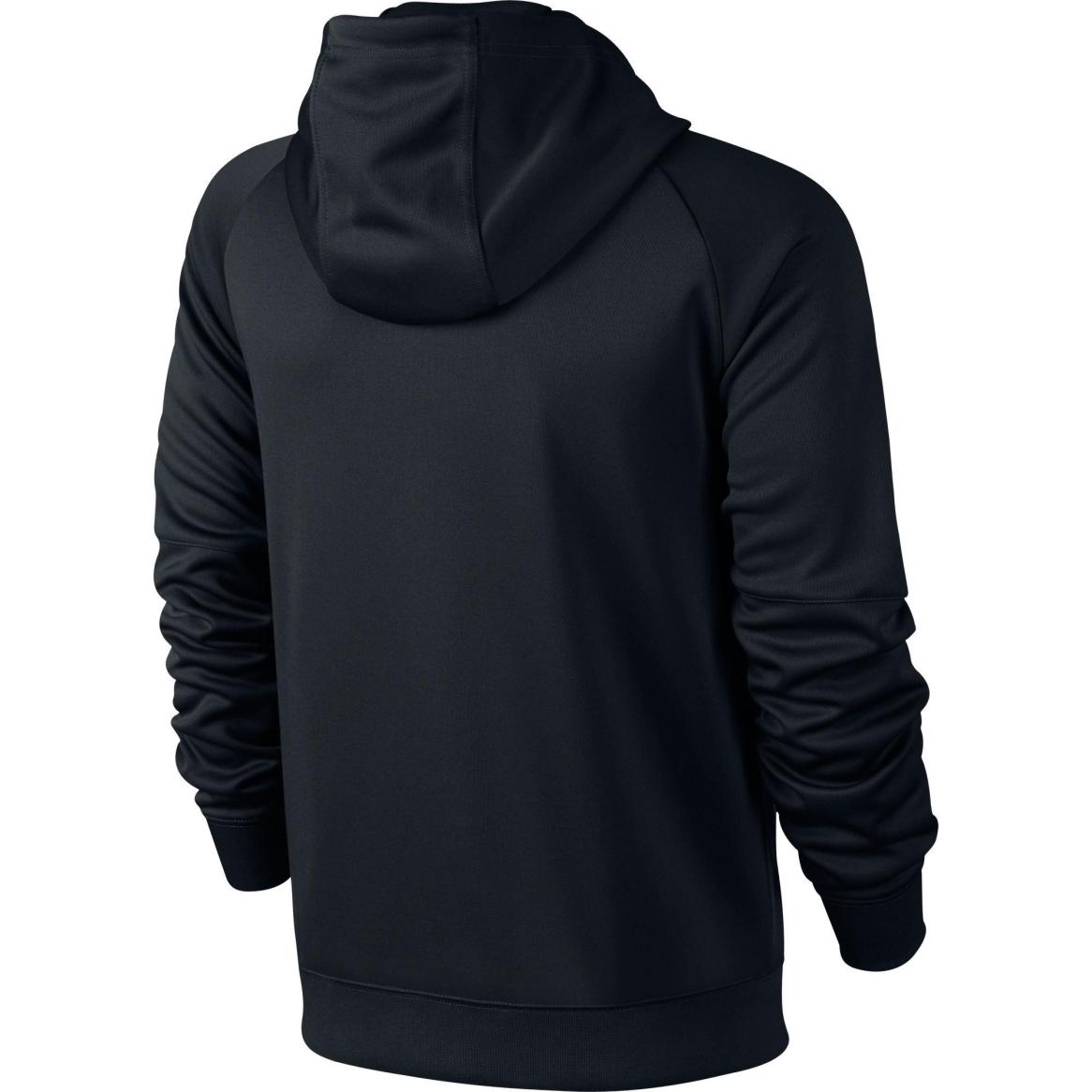How Can Activewear Be Made More Sustainable?
Activewear has become an essential part of our wardrobes, with its popularity soaring due to the rise of athleisure and the increasing focus on health and fitness. However, the conventional production of activewear has significant environmental and social impacts, raising concerns about its sustainability.

This article delves into the ways in which activewear can be made more sustainable, exploring materials, manufacturing processes, design, circularity, consumer behavior, and industry collaboration.
I. Materials And Manufacturing:
Fabrics:
- Environmental Impacts: Commonly used fabrics like polyester and nylon are derived from fossil fuels and their production contributes to greenhouse gas emissions, water pollution, and microplastic pollution.
- Sustainable Alternatives: Organic cotton, recycled polyester, bamboo, and other biodegradable and renewable materials offer eco-friendly alternatives with a lower environmental footprint.
Manufacturing Processes:
- Environmental Concerns: Traditional manufacturing techniques often involve excessive water and energy consumption, as well as the generation of hazardous waste.
- Sustainable Practices: Reducing water and energy consumption, minimizing waste, and adopting eco-friendly technologies can significantly reduce the environmental impact of manufacturing.
- Ethical Labor Practices: Ensuring fair wages, safe working conditions, and ethical treatment of workers is crucial for sustainable activewear production.
II. Design And Longevity:
- Durability and Longevity: Designing activewear for durability and longevity extends its lifespan, reducing the need for frequent replacements and minimizing waste.
- Timeless Designs: Creating "timeless" designs that can be worn for multiple seasons reduces the demand for new clothing and promotes a more sustainable fashion cycle.
- Quality over Quantity: Encouraging consumers to buy fewer, higher-quality pieces that will last longer promotes sustainability and reduces overall consumption.
III. Circularity And Recycling:
- Circular Fashion: The concept of circularity involves designing activewear for easy recycling and repurposing, extending its lifespan and minimizing waste.
- Take-Back Programs: Brands that offer take-back programs and recycling schemes enable consumers to responsibly dispose of their old activewear, promoting circularity.
IV. Consumer Behavior:
- Informed Choices: Consumers play a crucial role in driving demand for sustainable activewear by researching the sustainability practices of brands before making purchases.
- Proper Care and Maintenance: Proper care and maintenance of activewear can extend its lifespan and reduce the need for frequent replacements.
V. Industry Collaboration And Standards:
- Collaboration: Collaboration among brands, retailers, and industry organizations is essential to drive sustainability in the activewear industry.
- Sustainability Standards: Existing sustainability standards and certifications for activewear provide guidance to brands and help consumers identify sustainable products.
- Consumer Support: Consumers can support brands that are committed to sustainability by making informed choices and advocating for more sustainable practices.
VI. Conclusion:
Making activewear more sustainable requires a collective effort from brands, manufacturers, consumers, and industry organizations. By adopting sustainable materials, manufacturing processes, design principles, and circularity initiatives, we can reduce the environmental impact of activewear production and promote a more sustainable fashion industry.
Consumers play a crucial role in driving demand for sustainable activewear by making informed choices, supporting brands that prioritize sustainability, and advocating for change. Together, we can create a more sustainable future for activewear and the fashion industry as a whole.

YesNo

Leave a Reply